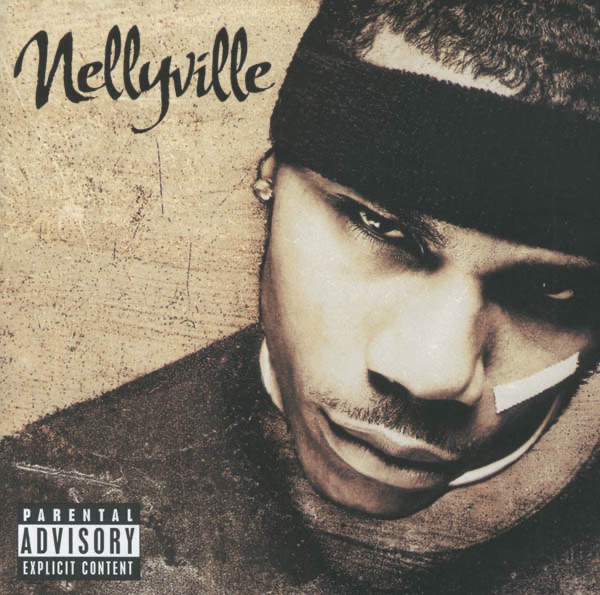The death of Pope Francis sets off a chain of events, from the breaking of his signet ring and his funeral to the secretive conclave election of his successor.
As tributes from around the world pour in for the late pontiff, let's look at what will be happening in the Holy See in the immediate hours after the death of the Pope, as well as in the coming days and weeks.
Follow latest: Pope Francis dies aged 88
First steps after the death of a pope
The camerlengo, a senior Vatican official, is notified. They are responsible for the formal determination of death.
He stands over the papal body and ceremoniously calls the Pope's baptismal name three times - only when there is no response to the calls can the Pope be officially pronounced dead.
After this, the death certificate is written. The papal apartments are locked by the Camerlengo, with the papal study and bedroom sealed.
The Camerlengo then breaks the pope's signet ring and seal with shears, to prevent them being used by anyone else.
The news is announced
The Camerlengo first shares the news with the vicar of Rome, the dean of the College of Cardinals, the ambassadors of the Holy See and the heads of nations.
The news is then announced to the public and the bells of St Peter's Basilica ring out.
Read more:
Conclave: How the new pope will be chosen
Francis: A pope of firsts
Burial
For the last 100 years, popes have been buried in St Peter's Basilica in the Vatican.
However, Pope Francis instead said he wanted to be buried at Rome's Basilica of St Mary Major, the church where he went to pray before and after each of his foreign trips.
He also asked for a simple wooden casket, instead of the centuries-old practice of burying the popes in three interlocking caskets made of cypress, lead and oak.
According to church rules, the burial must take place between four and six days after his death.
Choosing a new pope
Between 15 and 20 days after the pope dies, cardinals from all over the world arrive at the Vatican to choose a successor.
Only those under the age of 80 - some 135 cardinals - are eligible to cast votes for the new pope and are shuttered away during the process, which is known as conclave.
A cardinal must receive at least two-thirds of the vote to be announced as the new pope.
Read more: Who could be the next pope?
Ballots and notes are burned after each vote - for every vote that fails, black smoke it released from the Sistine Chapel. White smoke means a new pope has been elected.
Once elected, the dean of cardinals asked him if he accepts his election and he has to choose a name.
Once chosen, a senior cardinal proclaims the new pope on a balcony overlooking St Peter's Square in Vatican City and declares "Habemus papa" ("We have a pope" in Latin), and the new pope blesses the crowd.

(c) Sky News 2025: The Pope has died - what happens next?


 A pope of firsts, Francis was an outspoken champion of the deprived - but left some feeling betrayed
A pope of firsts, Francis was an outspoken champion of the deprived - but left some feeling betrayed
 Who could be the next pope?
Who could be the next pope?
 How is a new pope chosen and what is a papal conclave?
How is a new pope chosen and what is a papal conclave?
 What's the legacy of Pope Francis?
What's the legacy of Pope Francis?




